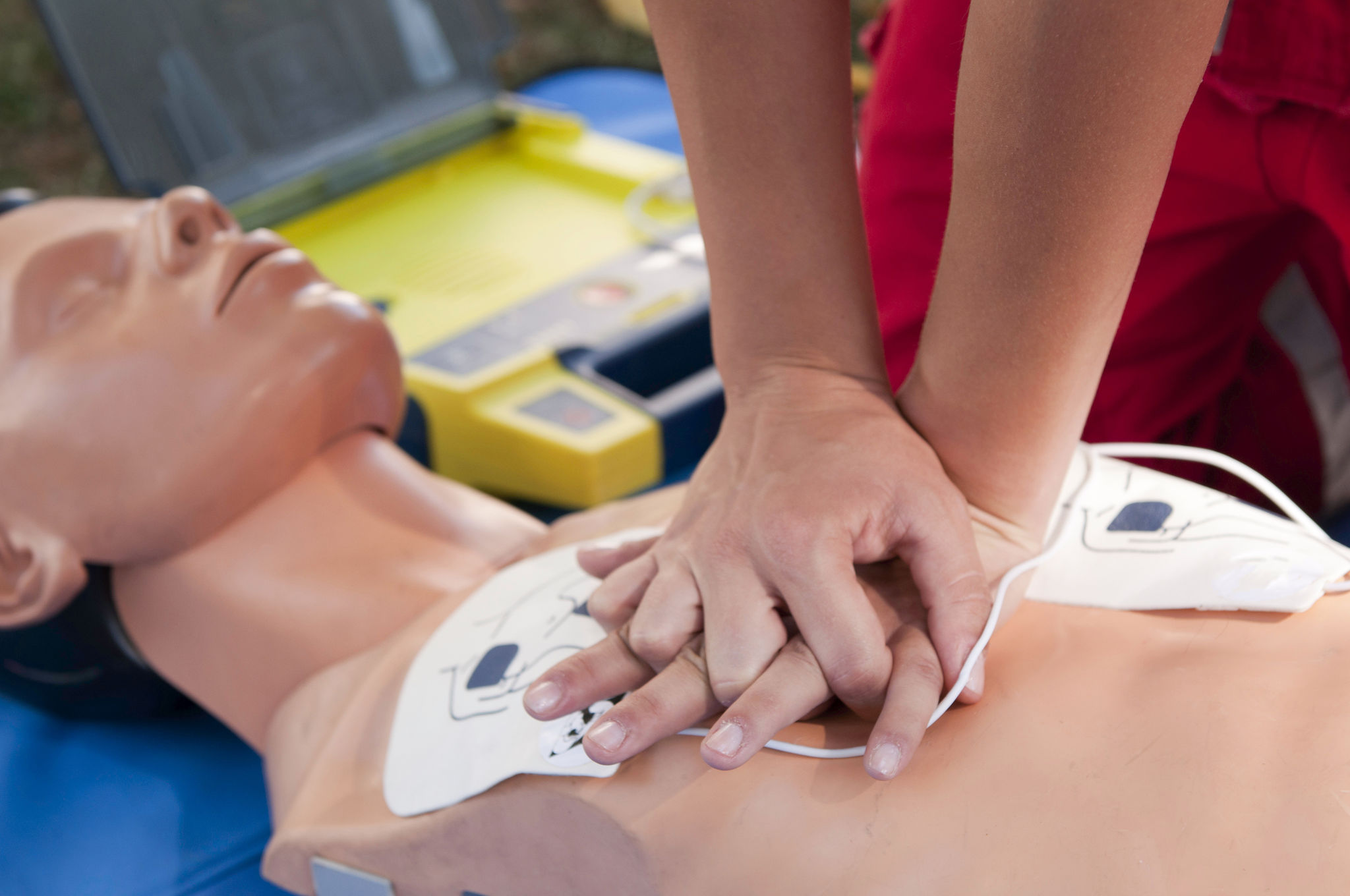Common Misconceptions About First Aid and CPR Training
Understanding First Aid and CPR Training
First aid and CPR training are essential skills that can make a difference in emergency situations. However, there are numerous misconceptions surrounding these lifesaving techniques. It's important to dispel these myths to ensure more people approach first aid training with the right mindset and understanding.

Misconception: First Aid and CPR Training is Only for Medical Professionals
One common belief is that only doctors, nurses, or paramedics need to know first aid and CPR. This couldn't be further from the truth. Emergencies can happen anywhere, and having basic lifesaving skills can empower anyone to act decisively and potentially save a life. In fact, many training programs are designed specifically for laypersons, providing them with the confidence to respond effectively in critical situations.
Misconception: CPR is Complicated and Hard to Learn
Many people shy away from learning CPR because they think it's too complicated. While it's true that CPR involves specific techniques, modern training has simplified these methods for better accessibility. Hands-only CPR, for example, focuses solely on chest compressions, making it easier for beginners to learn and perform. Training programs also provide practice sessions using mannequins, helping build familiarity and confidence in applying the techniques.

Misconception: You Can Get Sued for Performing First Aid
Fear of legal repercussions is another reason people hesitate to perform first aid. However, many regions have "Good Samaritan" laws that protect individuals who offer assistance in emergencies from legal liability, provided they act in good faith. These laws encourage bystanders to help without fear of being sued, emphasizing the importance of taking action during critical moments.
Misconception: First Aid Kits Are Only for Severe Emergencies
People often think that first aid kits are only necessary for major injuries or disasters. However, a well-stocked first aid kit is useful for a variety of situations, from minor cuts and burns to more severe injuries. Keeping a first aid kit at home, in the car, or at work ensures that you're prepared to handle a range of incidents promptly and effectively.

Misconception: Training Once Is Enough
Another misconception is that once you've completed a first aid course, you're equipped for life. In reality, skills can fade over time without practice or refreshers. Many organizations recommend renewing your certification every two years to stay current with the latest techniques and guidelines. Regular practice helps reinforce your skills, ensuring you're ready when needed.
The Importance of Ongoing Education
Continuous education in first aid and CPR is crucial not only for maintaining skills but also for staying informed about advancements in medical guidelines. CPR techniques, for instance, have evolved over the years based on new research and findings. By staying updated, you can ensure your approach is both effective and aligned with current standards.
Whether you're a parent, teacher, or simply someone who wants to be prepared, understanding the realities of first aid and CPR training is vital. By debunking these misconceptions, more people can become confident responders in emergencies, potentially saving lives and making our communities safer.